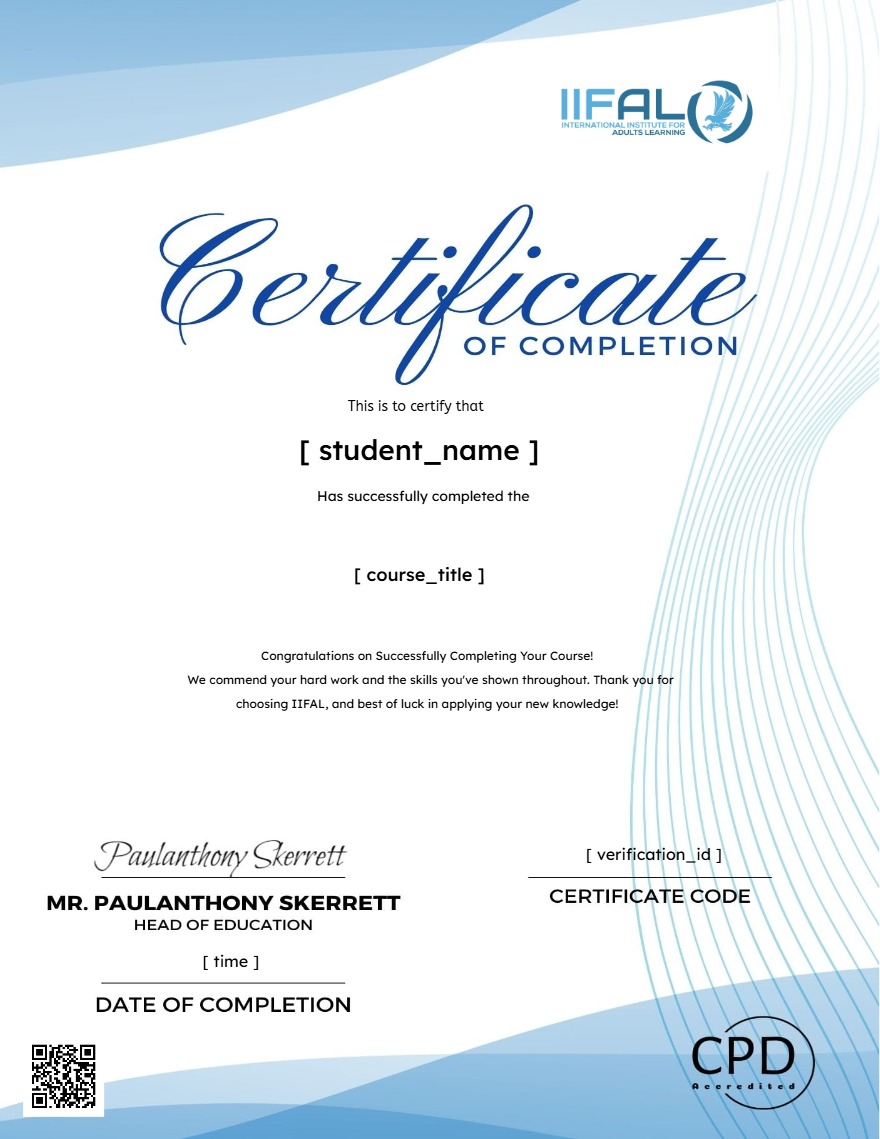
About Course
Course Overview
This interactive online course offers a comprehensive introduction to Diversity, Equity, and Inclusion (DEI), designed to equip learners with the knowledge and skills needed to foster inclusive, equitable environments in the workplace and beyond.
You will explore key concepts such as the value of diversity, the importance of equity in addressing systemic barriers, and how inclusion empowers all individuals to participate fully and authentically.
Course Content
Module 1: Introduction to DEI – Basics and Key Concepts
What is DEI? Definitions and Interconnections
The Case for DEI – Social, Moral, and Business Imperatives
Foundational Terminology: Bias, Privilege, Intersectionality
02:49Module 1 Quiz – Understanding the Basics of DEI
Module 2: Understanding Bias and Microaggressions – Recognising Subtle and Overt Biases
Module 3: Power and Privilege – Exploring Systemic Inequalities
Module 4: Identity and Intersectionality – How Overlapping Identities Shape Experiences
Module 5: Creating Inclusive Environments – Practical Strategies and Behaviours
Module 6: Implementing DEI in Organisations – Embedding DEI into Policies and Culture
Final DEI Assessment: Embedding Inclusive Excellence
Earn a certificate
Add this certificate to your resume to demonstrate your skills & increase your chances of getting noticed.

Student Ratings & Reviews

No Review Yet
